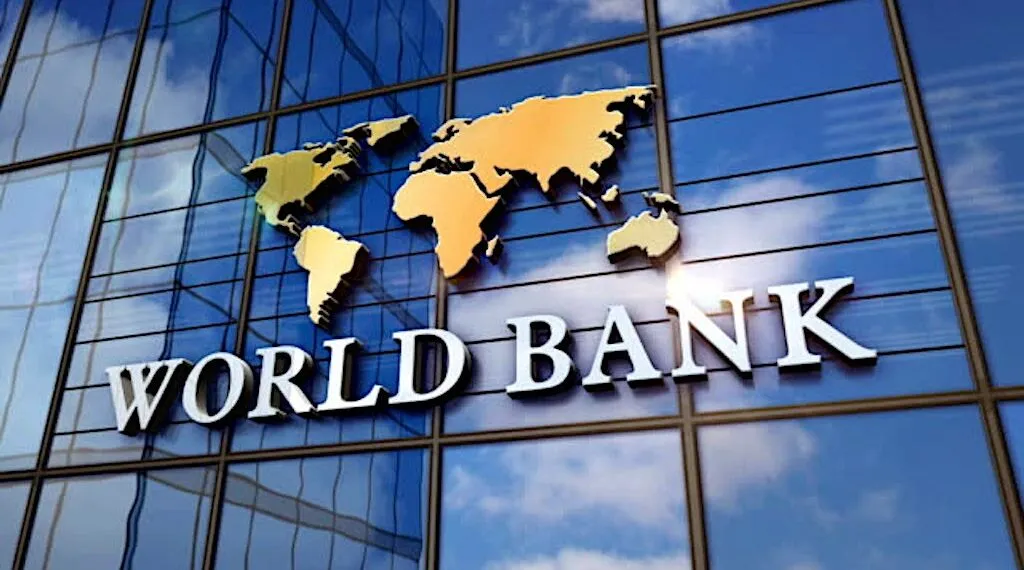
The world is undergoing dramatic change, and regional economies are navigating through growing global uncertainty. Recently, the World Bank released its 2025 East Asia and Pacific Economic Update, projecting that this once globally leading region will see its economic growth slow to 4.0% in 2025—down from 5.0% in 2024. While this figure remains above the global average, the clear downward trend warrants serious attention from all countries in the region.
The report highlights that for East Asia and Pacific nations to sustain growth and expand employment, they must find direction amid the turmoil and proactively address long-term challenges stemming from shifts in globalization, climate change, and demographic transitions. Manuela V. Ferro, World Bank Vice President for East Asia and Pacific, stated: “While confronting global uncertainties, countries in the region have an opportunity to strengthen their economic prospects by investing in new technologies, pushing forward bold reforms, and deepening international cooperation.”
Breaking down the data by country: China’s growth is projected at 4.0% in 2025, aligning with the regional average; the Philippines is expected to grow by 5.3%; Vietnam outpaces the region at 5.8%; while Thailand lags behind with just 1.6% growth. The Pacific Island countries are projected to grow by only 2.5% overall. These figures reveal an increasing divergence within the region—strong performers must remain vigilant, and weaker economies must heed the warning signs.
Yet, there are positive indicators. Despite the slowdown, the regional poverty rate is expected to continue its decline. Between 2024 and 2025, approximately 24 million people are projected to escape poverty (based on the upper-middle-income poverty line). This suggests that even amid complex global dynamics, the East Asia and Pacific region continues to show strong resilience and internal momentum.
Nevertheless, challenges remain substantial. Global investment and consumer confidence are faltering, and rising protectionism is putting pressure on trade. The World Bank warns that the region’s exports will remain constrained, and weak external demand will pose ongoing pressure in the coming period.
To address this, the World Bank prescribes a “three-part remedy”:
- Embrace new technologies to boost productivity and create more jobs—following examples like Malaysia and Thailand.
- Undertake deeper service sector reforms to break monopolies and unleash new economic dynamism—Vietnam’s ongoing reforms are cited as a model.
- Strengthen international cooperation to improve regional resilience.
Aaditya Mattoo, Chief Economist for East Asia and Pacific at the World Bank, remarked: “Harnessing new technologies, embracing bold reforms, and forging innovative partnerships are key to helping countries in the region navigate today’s environment and prepare for future challenges. This is the right path to enhance productivity and generate high-quality employment.”
Clearly, in a turbulent global environment, countries across East Asia and the Pacific must not only recognize the dramatic changes taking place externally but also firmly commit to internal reforms. Only by proactively breaking through barriers can they secure their place in an increasingly competitive world. Today’s challenges may well mark the starting point for the region’s next wave of ascent.

